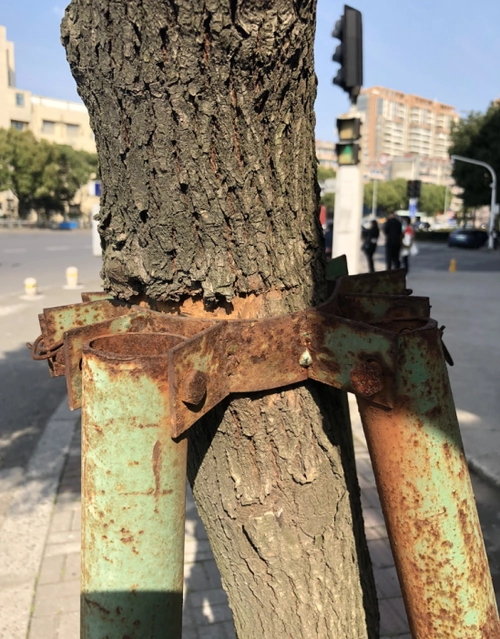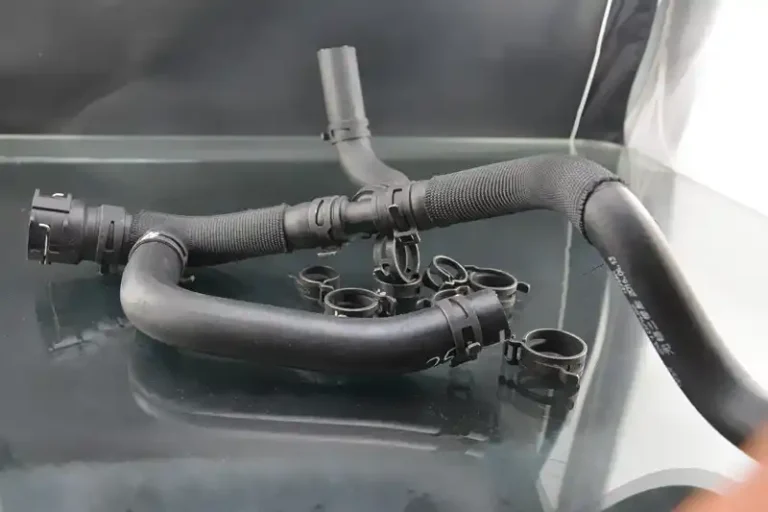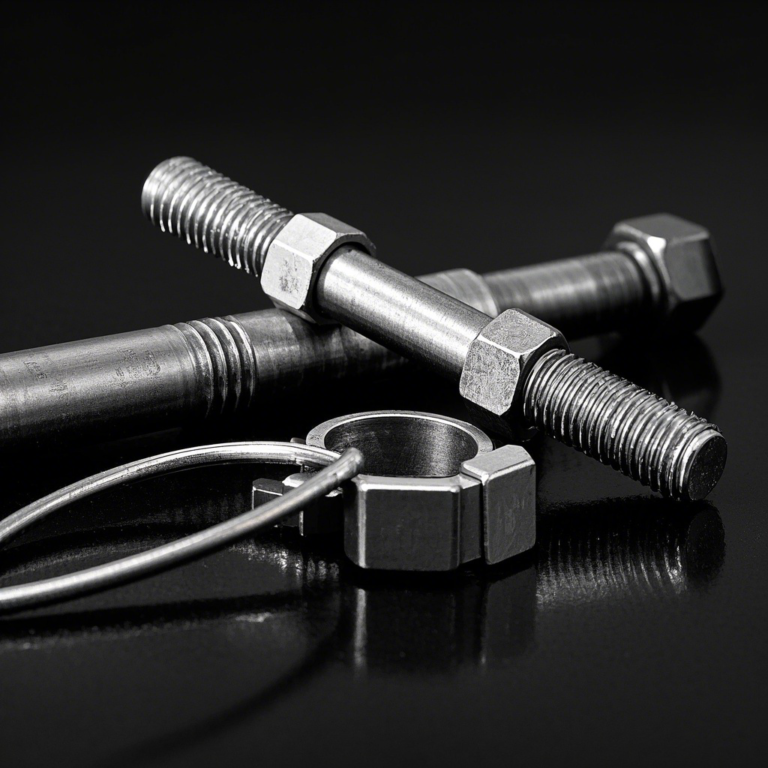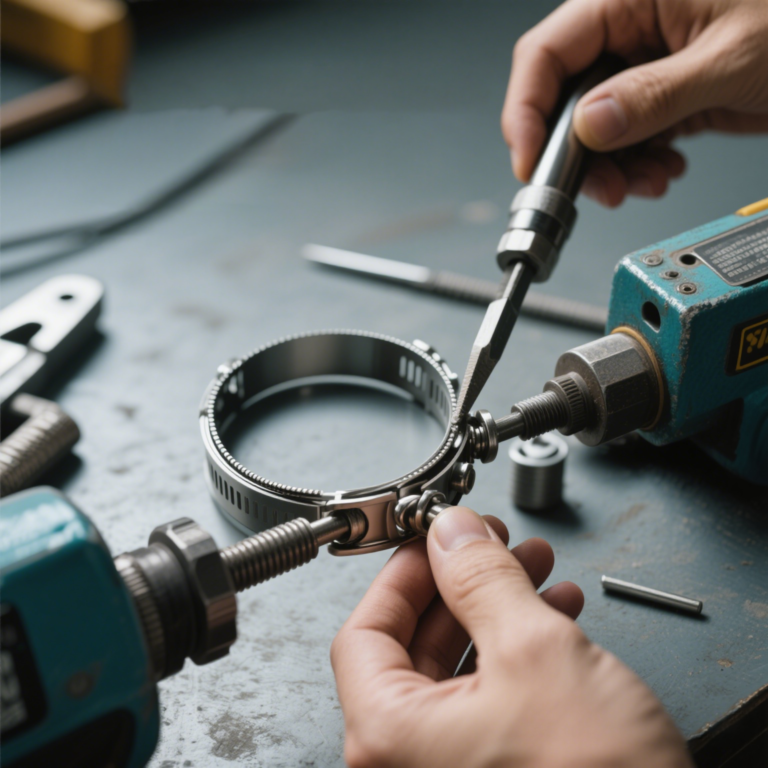Can steel hose gear clamps be used on trees?
When it comes to supporting trees or securing objects to them, it’s not uncommon to consider various types of fasteners,…
When it comes to supporting trees or securing objects to them, it’s not uncommon to consider various types of fasteners, including steel hose gear clamps. While hose clamps are a durable and accessible solution in many DIY projects, using them on trees requires careful consideration due to the unique growth patterns and vulnerabilities of trees. Let’s explore the potential impacts of using steel hose clamps on trees, the risks involved, and some recommended alternatives.

Understanding Steel Hose Clamps
Steel hose gear clamps are typically used to secure hoses to fittings, providing a tight seal that prevents leaks. They are designed to be strong, stable, and resistant to outdoor conditions, which might make them seem like a reasonable option for securing items to trees. However, the characteristics that make them ideal for plumbing and mechanical uses can actually cause harm when applied to a living, growing tree.
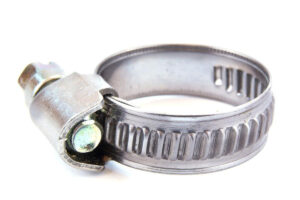
Why Steel Hose Clamps Can Be Harmful to Trees?
Physical damage
1.Damage to bark and cambium:Steel hose clamps are hard, and their strong clamping force will directly squeeze the bark of the tree and the cambium below. The bark is the protective barrier of the tree, while the cambium is responsible for the production of new xylem and phloem, which is essential for the growth of the tree and the transport of nutrients. Once damaged, it will hinder the normal growth and development of the tree.
2.Restricting trunk growth:Trees will continue to grow and thicken over time, and steel hose clamps are tightly bound to the trunk, restricting the natural expansion of the trunk. This restriction will cause the trunk to be squeezed during growth, which will lead to a series of problems such as trunk deformation and uneven growth, which seriously affect the shape and health of the tree.
3.Causing tree girdling:The trunk part that has been bound by the steel hose clamp for a long time will gradually form a girdling-like effect due to continuous squeezing and restriction. This will cut off the nutrient and water transportation channels between the upper and lower parts of the tree, making it impossible for the upper branches and leaves to obtain sufficient nutrients and water, causing the branches and leaves to turn yellow, growth to be stunted, and even eventually die.
Causes pests and diseases
1.Provides an invasion channel: The wounds caused by the steel hose clamps on the tree trunks provide a convenient invasion channel for various pathogens and pests. For example, some fungal spores can easily enter the interior of the tree through these wounds, and rapidly breed and multiply in a suitable environment, causing diseases such as rot and canker, which seriously damage the health of the tree.
2.Weaken the resistance of trees: After suffering physical damage from the steel hose clamps, the physiological functions of the trees will be affected and the overall resistance will decrease. At this time, the ecosystem that was originally in a relatively balanced state is broken, and some weak parasites or pests that were originally harmless to healthy trees may also take the opportunity to multiply and invade the trees in large numbers, further aggravating the condition of the trees and even causing the death of the trees.
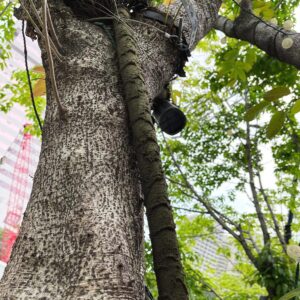
Affecting the stability of trees
1.Destroying the structural integrity of the trunk: Damage to the trunk caused by the steel hose clamp will damage the xylem and phloem of the trunk, thereby reducing the strength and toughness of the trunk. When encountering natural external forces such as wind and rain, the trunk is more likely to break or fall, which not only causes fatal damage to the tree itself, but also may pose a safety threat to surrounding buildings, pedestrians and vehicles.
2.Interfering with root growth: The above-ground and underground parts of a tree are an organic whole, and there is a close physiological connection between them. The restraint and damage of the steel hose clamp to the trunk will affect the growth and development of the tree’s root system. The root system may not be able to absorb water and nutrients normally, resulting in poor root growth and uneven distribution, which in turn affects the overall stability and wind resistance of the tree.
Safe Alternatives for Securing and Supporting Trees
If you need to secure or support something to a tree, here are some safer, tree-friendly alternatives to consider:
1.Soft material straps
Nylon straps: Nylon has high strength and flexibility, and is not easy to damage the surface of the tree. When using, you can choose a strap of appropriate width according to the thickness of the tree, gently wrap it around the trunk and fix it to provide appropriate support for the tree.
Canvas straps: Canvas is relatively soft and breathable, and can fit the surface of the trunk well to reduce local pressure. When fixing the tree, the canvas straps can be tightened, but be careful not to tighten it too much to avoid affecting the normal growth of the tree.
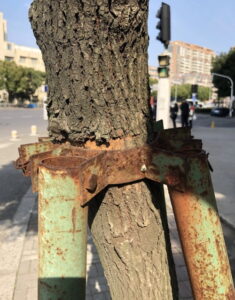
2.Tree hoops or tree straps
Rubber tree hoops: Rubber is elastic and can expand and contract moderately as the tree grows, without restricting the tree’s thickening. Installing rubber tree hoops on tree trunks can fix and support them while causing less damage to the bark.
Adjustable tree straps: These tree straps are usually made of soft materials and are equipped with adjustable buckles or tensioning devices. When used, the tightness of the tree strap can be flexibly adjusted according to the growth of the tree and the need for fixation, providing a stable support for the tree.
3.Support piles and soft rope fixation
Wooden support piles: Select wooden support piles that have been treated with antiseptics, drive them into the ground close to the tree, and then use soft ropes or nylon ropes to connect the tree to the support piles. The soft rope can be tied to the support pile after wrapping it around the trunk. Be careful not to tighten the rope too much to injure the bark.
Metal support piles with buffer pads: Metal support piles have high strength and stability, but in order to prevent damage to the tree, rubber or plastic buffer pads need to be installed at the contact point between the pile and the tree. Fixing the tree to the support pile with a soft rope can effectively support the tree and protect it from damage.
4.Professional tree support system
Precast concrete support blocks: These blocks are usually heavy and stable and can be placed on the ground around the tree. The tree is connected to the support blocks by ropes or metal connectors to provide a stable support for the tree. The shape and size of the precast concrete support blocks can be customized according to different trees and support requirements.
Tension rigging support system: This system consists of high-strength steel cables, anchors, and adjustment devices. By installing anchors at appropriate locations around the tree, connecting the steel cables to the tree, and adjusting the tension of the steel cables using the adjustment device, all-round support is provided for the tree. This support system is suitable for large trees that require higher support strength or for tree fixing in special environments.
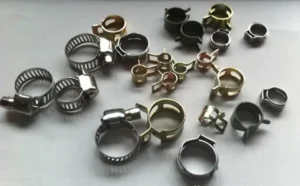
Conclusion:
Steel hose clamps should never be used on trees. This inappropriate use can have disastrous consequences for trees. From the perspective of physical damage to the trunk, it will damage the bark and cambium, hinder the growth of the tree, cause girdling, cut off the transmission path of nutrients and water, and seriously affect the survival of the tree. In terms of pests and diseases, the wounds caused by it become the entrance of pathogens and pests, while weakening the resistance of the tree, making the tree vulnerable to invasion and aggravating the disease. Moreover, from the perspective of the long-term stability of the tree, it will destroy the trunk structure, interfere with the growth of the root system, and make the tree more likely to break or fall when faced with external forces, endangering the safety of the surrounding area. Protecting the health of trees requires us to abandon the harmful practice of using steel hose clamps and choose more appropriate and tree-friendly fixing and support methods to maintain ecological balance and environmental safety.

